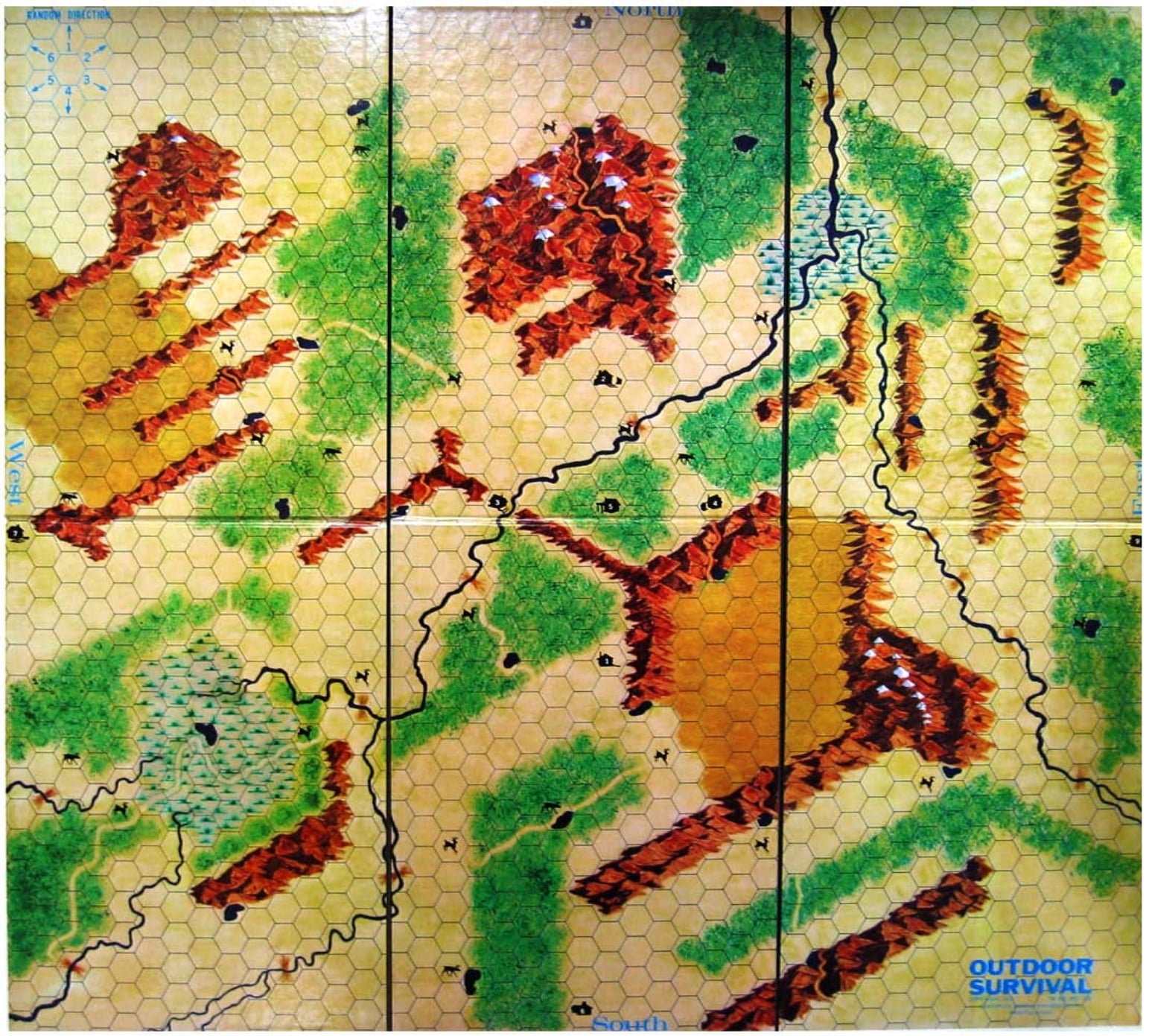Deconstructing Amon-Gorloth
Amon, from Egyptian mythology, is god of air, fertility, and the creative spark. The name means “invisible” or “the hidden one.” Amon began as a tutelary god, protecting a city and its region. The Egyptian Amon later merged with Ra to become Amon-Ra, chief god of the pantheon.1, 2, 3
Gor appears in ancient Armenia and India. According to baby name websites, Gor has various meanings: “shout, attack, word,” “proud,” and “wild ass, grave, desert.”4, 5, 6
Loth, in English, is another spelling of loath, which means “reluctant.” It comes from an Old English word for “hateful.”7, 8
The Myth
The following myth is commonly known among all people. The text is vulnerable to a redraft, but the essential is there.
Amon
In the time before Gor united the peoples who lived by the Great River, the Hidden One moved across the land. The god came to a river’s edge, where grew the papyrus grass. It breathed upon the surface of the waters and so held the Great River in its bed.
To the people there the Hidden One spoke: “You shall build here beside Ankhet’s waters a city. You will till the soil and reap the harvest. You will have many children, and your children’s children and their children after them will be prosperous. The city will be called House of Amon, and Amon shall be your god.”
And so it was that the city named Amwan, which means “House of Amon,” grew. Amwan’s people worshiped Amon as their god. With its breath, Amon held Ankhet, the Great River, in its bed and brought the rains but kept the floods away. Amon bestowed upon the people the creative spark, and Amwan became a great producer of crafts, arts, and engineering, and so was prosperous. From among the clans, Amon chose a line of kings. The kings worshiped Amon, and Amwan became a powerful city-state.
Gor
Then came Gor. Returning from long travels, the hero-mage, heir to the throne, entered the city riding an ass.9 When Gor came into the kingship, he sought ever greater power. He united the peoples who lived either side of the Great River and up and down its length. The whole land became known as Amwan.
Amon-Gor
Gor became the most powerful king the land had ever known, but he was filled with pride. He wanted more. Leaving the city one day, Gor entered the wilderness. After forty days, Amon found him among the brambles and brush grass.
The god addressed the hero-mage. “Why do you seek me in the wilderness?”
Gor said, “Make me a god and let me live in your House.”
But the god refused, saying, “These things are not for the vessel of man.”
Gor replied, “Then I will destroy you and take your place in the House of Amon.”
And the hero-mage and the Hidden One fought. Gor shouted a word of power that would have destroyed the god, but Amon poured its spirit into Gor’s body. Thereby, the god lived in the vessel of man.
But a man’s life force was not sufficient to sustain the god. Weakened, Amon-Gor rested, falling into slumber.
When the people discovered Gor’s body in the wilderness, limp as though without life, they mourned his death and buried him in the mausoleums of his forefathers.
When the Great River dried up the next year and flooded the year after, the people of Amwan knew their god had deserted them. The Great River Ankhet left its bed and no longer flowed by the city-state that was once the House of Amon. The people departed, and the city fell to ruin.
Amon-Gorloth
Now, the people worship the Solar Goddess. The Amwan is ruled from Irthmalq, the great city-state whose name means “Throne of the Sun King.” The Sun King embodies the Goddess’s divine power, and he is ever vigilant.
For while Amon-Gor slept, it appeared to Amon’s priests in their dreams. These priests formed a cult, who now seek to wake the sleeping god, whom they call Amon-Gorloth, which means “the Hidden One, Word of Power, the Loathe,” for the god is reluctant to wake from its dreams.
The priests now lie in the mausoleums where sleeps the dreaming god. Through dark magic, they channel Amon-Gorloth’s dreams and restore its power. When wakened, Amon-Gorloth shall make terrible war on the Solar Goddess.

Map from Outdoor Survival. Scale five miles to the hex.
The ancient city-state Amwan lies in ruins within the central forest (Base 5). The Sun King resides at Irthmalq, the city-state on the banks of the Great River Ankhet (Base 3). The other bases are town-sized capitals of subordinate regions, called nomes, each governed by a nomarch, who is appointed by the king. The campaign begins in [yet unnamed town] (Base 2). In the adjacent hex northwest, the dreaming priests constructed the twisted halls, of which the cyclopean original is somewhere in the Valley of Kings, the central desert region.
Notes 1 through 8 are tertiary sources found on the web. Though uncertain, they are good enough for our game purpose. I cite them for easy reference.
9 Buried in the myth, though not lost in the campaign setting, Gor is credited with the domestication of the ass. Using pack animals instead of human labor (possibly slaves) to carry trade goods is more efficient, both less expensive and with a greater range. Here “riding an ass” implies that Gor united the land of Amwan, not by conquest but through trade. Compare Narmer.
Pingback: 2A. An Unheeded Warning – DONJON LANDS